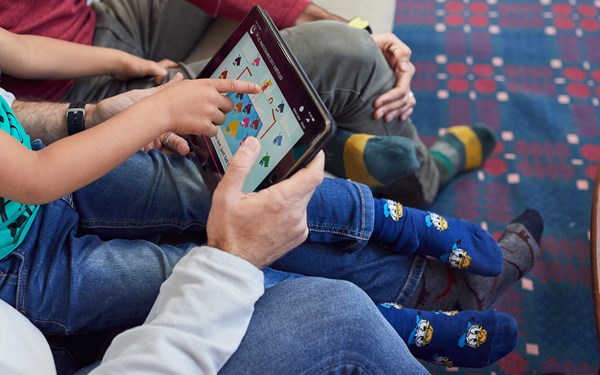In an increasingly digital world, mobile result sgp games have become a popular form of entertainment for children. While these games can provide educational benefits and foster social interaction, they also come with challenges, such as in-app purchases, exposure to inappropriate content, and excessive screen time. To ensure a safe gaming environment, setting up parental controls is essential. This article will guide parents through the steps of establishing parental controls on kids’ mobile games, covering various platforms and game types.
Understanding Parental Controls
1. What Are Parental Controls?
Parental controls are features that allow parents to restrict or monitor their children’s online activities. These controls can help manage access to games, set time limits, filter content, and prevent unauthorized purchases. By using parental controls, parents can create a safer and healthier gaming experience for their children.
2. Why Are Parental Controls Important?
With the vast range of mobile games available, not all content is suitable for children. Parental controls help mitigate risks such as:
- Inappropriate Content: Many games contain mature themes or language not appropriate for younger players.
- In-App Purchases: Kids may unknowingly spend real money on in-game items without parental consent.
- Screen Time Management: Excessive gaming can lead to negative health impacts, including physical inactivity and sleep disruption.
Setting Parental Controls on Popular Mobile Platforms
1. iOS (iPhone and iPad)
Apple devices come with robust parental control features through Screen Time. Here’s how to set it up:
- Open Settings: Go to the Settings app on your child’s device.
- Tap on Screen Time: Select “Screen Time” to access the settings.
- Enable Screen Time: Tap “Turn On Screen Time” and set a passcode that only you will know.
- Set App Limits: Under “App Limits,” you can limit the time spent on specific apps or categories of apps (like games).
- Content & Privacy Restrictions: Go to “Content & Privacy Restrictions” to block explicit content and restrict in-app purchases. Enable “Content Restrictions” to customize game ratings and content based on your child’s age.
2. Android Devices
Android devices also offer various parental control options. Here’s how to set them up using Google Play and the device settings:
- Google Play Family Link: Download the Family Link app on your device and your child’s device. Follow the setup instructions to create a Google Account for your child and link it to your own.
- Set App Limits and Approvals: In Family Link, you can approve or block apps and set daily limits on screen time.
- Manage Content Restrictions: Use Family Link to restrict app downloads based on age ratings and filter out mature content.
3. Game-Specific Parental Controls
Many mobile games come with built-in parental control features. Here’s how to find and set them:
- Check Game Settings: Open the game and look for a settings or parental controls option, usually found in the main menu or under the account settings.
- Set Restrictions: Depending on the game, you may be able to restrict chat features, set gameplay limits, or block in-app purchases.
Examples of Popular Games with Parental Controls:
- Roblox: In the settings menu, parents can restrict who can chat with their child, limit account interactions, and manage privacy settings.
- Minecraft: The game allows parents to enable or disable multiplayer modes and set restrictions on in-game chats.
- Fortnite: Parents can control voice chat settings, limit spending on in-game purchases, and set playtime restrictions.
General Tips for Effective Parental Controls
1. Communicate with Your Child
Engage in open discussions with your child about the reasons for setting parental controls. Encourage them to understand the importance of online safety, privacy, and responsible gaming.
2. Regularly Review Settings
As children grow, their gaming preferences and maturity levels change. Regularly review and update parental control settings to ensure they remain relevant and effective.
3. Monitor Gameplay
Occasionally check in on your child’s gaming activities. Ask about the games they play, who they play with, and whether they encounter any issues. This helps you stay informed about their gaming experiences.
4. Encourage Balanced Gaming Habits
Promote healthy gaming habits by setting limits on daily playtime and encouraging breaks. Suggest a mix of physical activities, educational games, and offline hobbies to provide a well-rounded approach to entertainment.
5. Educate About In-App Purchases
Teach your child about in-app purchases and the importance of asking for permission before spending money. Make it clear that they should always come to you if they encounter something that requires payment.
Conclusion
Setting parental controls on kids’ mobile games is an essential step in fostering a safe and enjoyable gaming environment. By leveraging the built-in features of mobile platforms and specific games, parents can effectively manage their children’s gaming experiences, ensuring they are age-appropriate and free from harmful content. Open communication and regular monitoring can further enhance the effectiveness of these controls, allowing children to explore the world of mobile gaming while staying protected. By taking these proactive measures, parents can help their children enjoy the benefits of mobile games responsibly and safely.









